Let’s be real: no one wants to wake up and find out their bank is trending—for the wrong reasons. But in this economy? That nightmare’s not as far-fetched as it sounds. With interest rates rising like your rent and commercial real estate doing its best impression of a collapsing Jenga tower, even some of the “safe” banks are starting to sweat. And if you think your savings are tucked away in a cozy financial fortress, think again—because some of these banks are way more fragile than they let on.
We’re talking shrinking margins, bond portfolios bleeding value, and deposits threatening to flee at the first whiff of trouble. It’s like a financial version of Jenga—pull out one rate hike too many, and the whole tower could tumble. So before you keep blindly Venmoing your rent from a checking account that might not be around next year, take a look at these 12 banks that could be walking the tightrope a little too close to the edge. No fear-mongering, just facts, receipts, and a healthy dose of side-eye.
1. Comerica
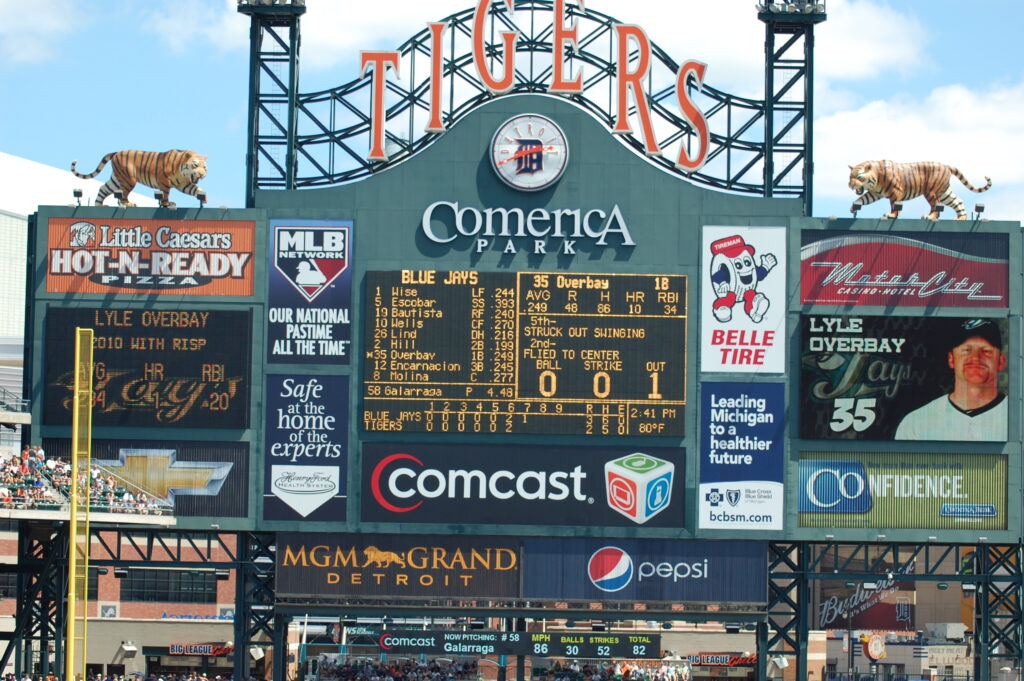
Comerica’s Dallas swagger might hide the fact that its commercial real-estate loans are tinder for a rate-hike bonfire. A Financial Times report notes that heavy exposure to office and retail CRE puts Comerica at high risk as refinancing costs soar and vacancy rates climb.
They’ve tried pivoting to energy and tech loans, but those come with their own roller-coaster risks. Meanwhile, customers are demanding higher interest on deposits, pushing up their funding costs. If the Fed keeps jacking rates, Comerica could face margin compression so bad it makes last year’s Q3 results feel like a dream. Regulators have them on watch, and investors are treating their ticker like a horror-movie villain—everyone’s bracing for the jump scare.
2. PacWest Bancorp
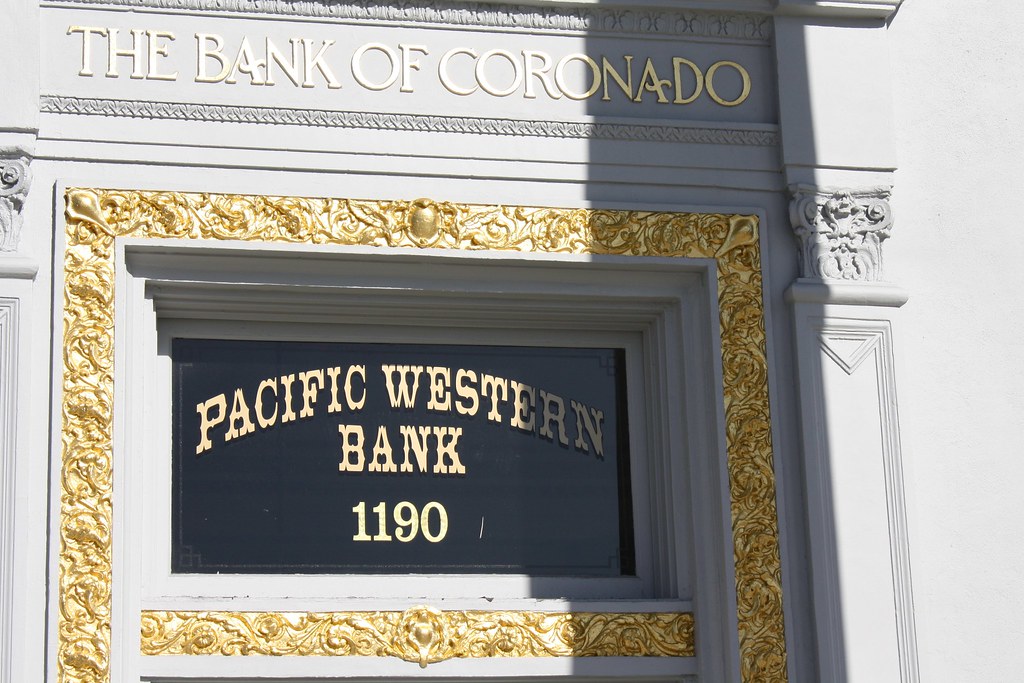
PacWest has been limping along ever since its customers started yanking deposits faster than you swipe left on bad Tinder dates. According to a Bloomberg deep-dive, PacWest’s uninsured deposits and long-duration bond holdings make it shock-ingly sensitive to rising rates. Their rock-solid CD rates (hello, 5.25% money-market yields!) turned into a liability when those same bonds tanked in value, leaving them scrambling for liquidity.
Customers pulled roughly 20% of deposits in early 2023, forcing emergency financing and talks of strategic options just to stay afloat. This isn’t just a hiccup—it’s a full-blown vulnerability that regulators and investors are watching like hawks. If the Fed’s next move is another hike, PacWest could see more deposit flight, longer-term bonds devalued even further, and a capital crunch that makes last spring’s meltdowns look tame.
3. Western Alliance Bancorporation

You know things are ugly when Phoenix’s pride, Western Alliance, has to explain why their deposits cratered from $53.6 billion to $47.6 billion in a single quarter. According to the New York Times, depositors fled to bigger banks after the SVB shock, and Western Alliance’s long-dated securities have taken a beating.
Even though they rallied in mid-quarter, analysts warn that higher rates will keep net interest margins squeezed while deposit costs balloon. Combine that with shaky uninsured deposit ratios and you’ve got a bank that could freeze under pressure if rates climb again. Their emergency statements and analyst cuts read like a drama season finale—no one’s sure if we’ll get a happy ending.
4. Zions Bancorporation
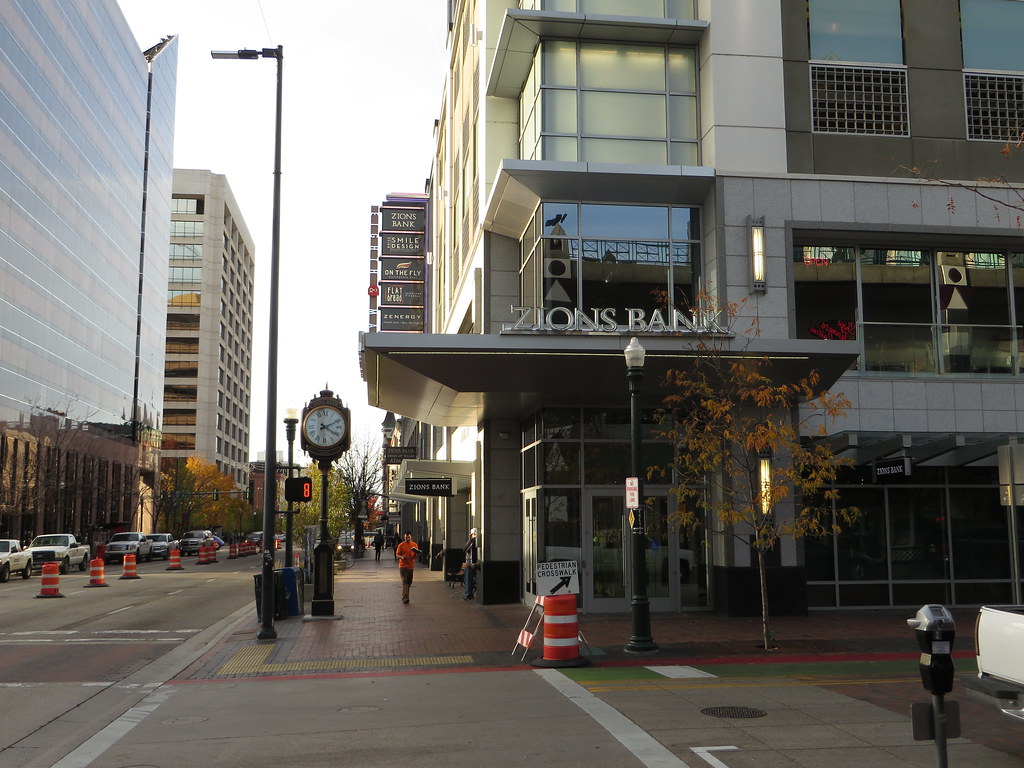
Zions has traditionally been the “steady Eddie” of the Mountain West, but their love affair with long-term mortgages and municipal bonds is turning into a liability. A Reuters piece points out that higher deposit rates are eating into their interest income, and their bond portfolio is worth less by the day.
When yields go up, the market value of bonds plummets—so Zions’ held-to-maturity assets are bleeding unrealized losses. At the same time, they’re paying customers more to keep deposits, which widens the gap between what they earn on loans and what they pay out. If this trend continues, their cushion could evaporate, leaving them exposed to a funding crisis just like some of their regional peers.
5. Synovus Financial
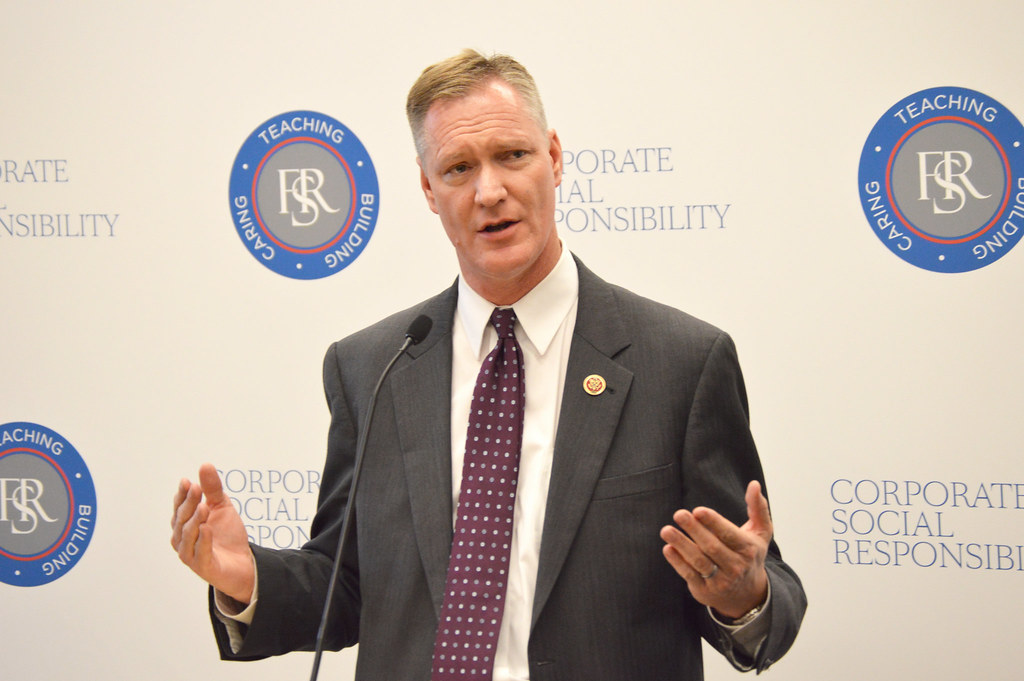
Synovus has been hustling to offload consumer-lending portfolios, but rising rates mean their auto-loan and home-equity books could get toxic fast. Per a Ledger Enquirer rundown, regional banks like Synovus are shedding risky CRE and consumer loans to bolster liquidity.
The problem? If those off-loaded loans don’t find buyers, Synovus either eats the losses or keeps risky assets on their own balance sheet. Higher interest rates also squeeze borrowers, leading to more delinquencies and fewer originations—hitting Synovus’s bottom line doubly hard. With deposit costs climbing and loan growth stalling, Synovus could find itself in a liquidity bind if rates climb further.
6. Fifth Third Bancorp
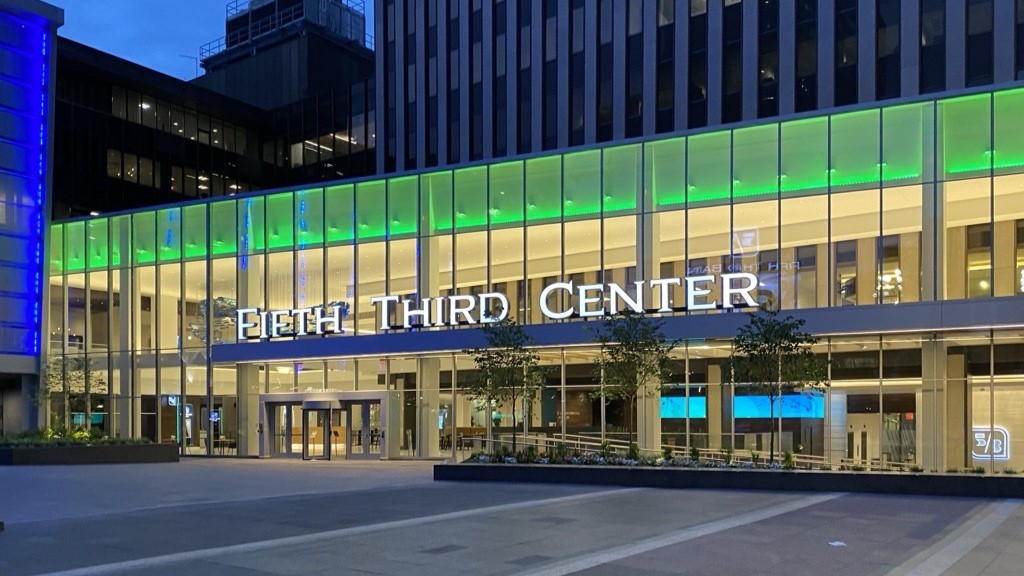
Fifth Third’s Midwest base feels safer than coastal markets—until you realize they’re also loaded with long-dated bonds and commercial real-estate loans. Their pivot to consumer banking has boosted fee income, but it can’t offset sinking bond values forever. If the Fed hikes again, Fifth Third risks deposit flight and asset-quality hits that could drag down profitability. They’ve leaned into digital tools to try to woo millennials, but tech investments eat into their margins just as bond headaches mount. Meanwhile, small-business clients are pushing back on loan renewal rates, leaving the bank stuck between rock-solid yields on treasury bills and appeasing cash-strapped customers.
Plus, their high reliance on non-interest income makes them vulnerable when markets hiccup. Rising rates often spook fee-based revenues, from trading to advisory, leaving Fifth Third juggling shrinking nets and higher funding costs. If economic growth slows, advisory pipelines dry up and service fees could plunge—turning a revenue stabilizer into a liability. Add in tighter regulatory capital requirements, and you’ve got a recipe for a bank that might start feeling the pinch in any half-decent downturn.
7. Regions Financial Corporation

Regions has leaned heavily into energy and CRE in the Southeast, a strategy that pays off when rates are low but backfires when they climb. Their recent guidance warned of margin squeezes, and analysts expect higher loan-loss provisions if reserves can’t keep pace. Regions’s liquidity ratios look healthy now, but that could evaporate fast in a protracted rate-hike cycle. They’ve tried diversifying into wealth management and insurance, but those businesses take time to scale—and time might not be on their side if the Fed keeps tightening.
Also, a big chunk of their deposits is uninsured, meaning if confidence dips, customers could bolt. In that scenario, Regions would scramble for market funding at terrible rates—like showing up to Coachella in January. And don’t forget the impact of state regulations on their capital buffers: a few bad quarters could trigger stress-test hiccups. Layer on potential charge-offs in struggling oil-and-gas loans, and you start to see why Regions might be more of a ticking time bomb than they let on.
8. Huntington Bancshares
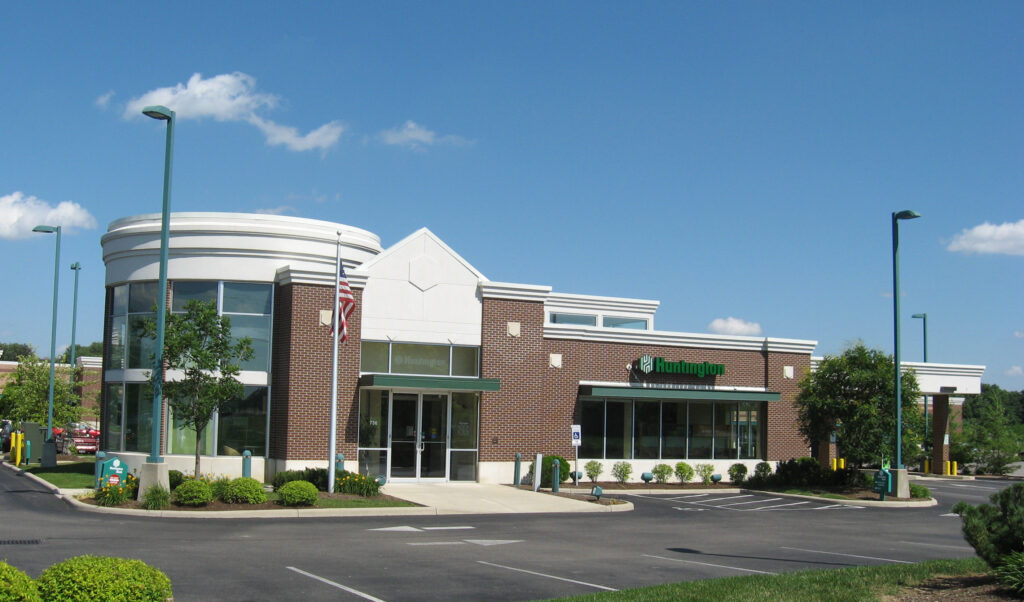
Huntington’s floating-rate loans are a double-edged sword: they can reprice upward quickly, but their bond portfolio is a lagging anchor dragging total assets down. CEO Stephen Steinour praised the repricing benefits, but analysts caution that deposit-rate increases will outpace loan repricing, squeezing net interest margins. Huntington’s small-bank status gives them regional advantage, but also fewer options to tap wholesale markets if deposits flee. Their acquisition spree to build scale has left legacy assets that could face mark-to-market losses if rates climb much further.
On the flip side, their digital-focused branches and “Huntington Happy” branding have won them deposit share—but marketing can’t underwrite loans. Late last quarter, they flagged rising funding costs and warned investors about potential cash-flow headwinds. If competitor deposit rates continue to surge, Huntington could end up chasing funding at the very top of the market, eroding any repricing advantage they once had.
9. Citizens Financial Group
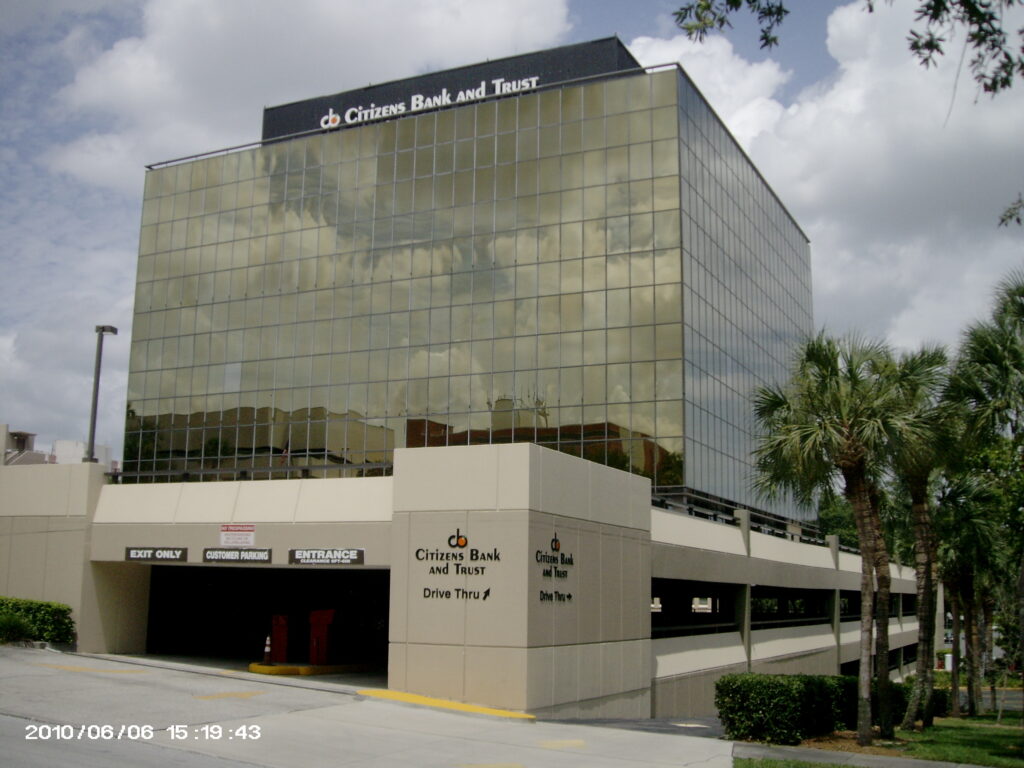
Citizens has been gobbling up regional banks to grow, but assimilation pains come with legacy assets that are duration-heavy. Their household-banking strategy relies on stable deposit flows, yet uninsured deposits have been climbing. A sudden rate jump could prompt a confidence crisis, forcing Citizens into fire-sales of securities to cover withdrawals. Meanwhile, integration costs from acquisitions continue to pressure their efficiency ratio—meaning there’s less wiggle room for surprise losses.
They’ve boosted capital buffers recently, but in a sustained rate-hike regime, buffers only hold up so long. Investors have started treating CFG like a levered bet on rate volatility, and not in a good way. Top management has hinted at slowing M&A to focus on core markets, but retrenching mid-stream could spook stakeholders even more. And as loan origination slows, interest-income growth stalls, putting extra pressure on their non-interest lines.
10. KeyCorp
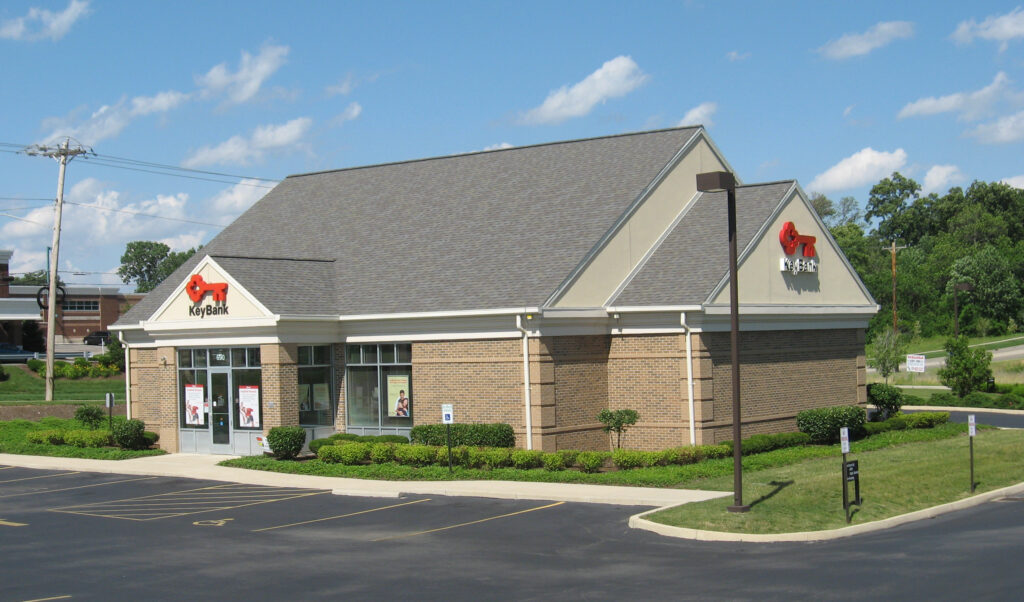
KeyBank’s diversified mix of retail, commercial, and CRE might sound resilient, but high exposure to office-loan portfolios is a major red flag. With more companies going hybrid or remote, loan defaults could spike, and higher rates just pour salt on the wound. KeyCorp’s deposit mix skews toward larger corporate deposits, which can vanish faster than your motivation on a Monday morning. They’ve tried courting tech startups and fintech partners to boost digital engagement, but those initiatives aren’t yet big enough to offset a real estate hit.
Without external lifelines, KeyCorp could find themselves issuing debt at eye-watering yields or slashing dividends—neither of which will win any popularity contests. And their efficiency ratio is already on the high side, so any unexpected loss could push them into regulatory watch territory. Late last quarter, they warned of higher provision expenses, signaling they’re bracing for trouble. If CRE cracks further, Key might have to bulk up reserves, erasing any earnings cushion they’ve built.
11. M&T Bank
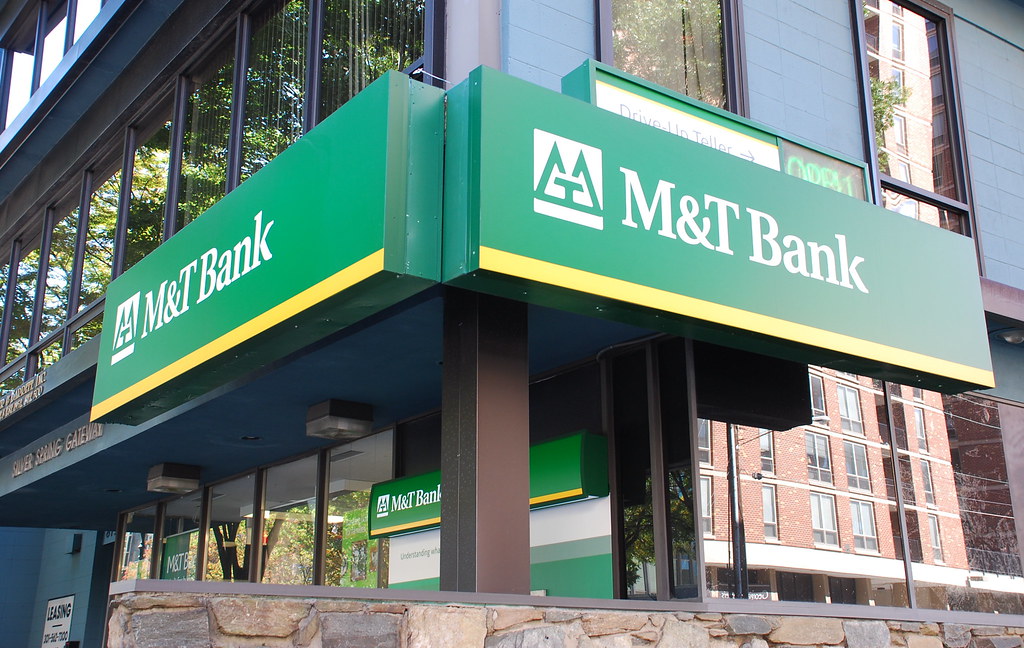
M&T has built its rep on being conservative, but their recent acquisitive streak brought in portfolios of long-dated municipal and mortgage bonds. Rates going north means those portfolios lose market value, and M&T’s conservative veneer could crack under regulatory scrutiny. Their high efficiency ratio leaves little room to absorb unexpected losses, and if deposit costs rise, that ratio jumps even more. Plus, mid-market clients are already pushing for higher rates, putting additional pressure on funding.
They’ve touted their strong capital and liquidity positions, but stress tests don’t always capture the speed of a deposit run in a high-rate environment. Operational costs in their digital transformation push are also spiking, eating into the very buffer they claim to maintain. And if regional economic growth slows, loan demand falters, leaving excess liquidity that only compounds the balance-sheet drag. The more they try to shore up earnings with fee-based services, the more exposed they become to market volatility.
12. U.S. Bancorp
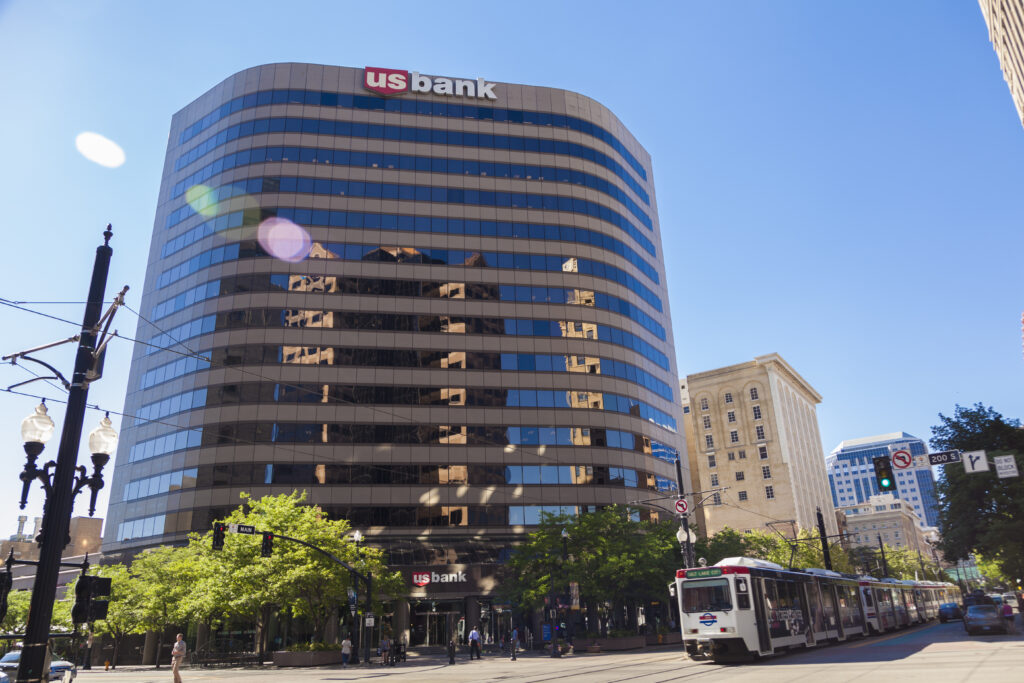
U.S. Bancorp’s diversified national footprint masks sizeable CRE and mortgage-backed securities on its books. They’re solid now, but a relentless Fed could force them to mark down massive pools of legacy bonds. Couple that with rising deposit costs and you’ve got a recipe for margin pressure that could surprise even some of the Street’s most bullish analysts. Their strong wealth-management division helps cushion some blows, but it’s not immune to market downturns—and market downturns love to rain on wealth managers’ parades.
Underneath, their efficiency ratio has ticked upward as they invest in technology and compliance, leaving slimmer margins to absorb shocks. If businesses begin to default on loans, U.S. Bank’s conservative loss history could vanish overnight. And those huge corporate deposits they prize? A few big withdrawals could unleash a scramble for replacement funding. Finally, investor appetite for bank debt is fickle; a sour earnings report could send their bond yields through the roof, making any refinancing a costly headache.
This article is for informational purposes only and should not be construed as financial advice. Consult a financial professional before making investment or other financial decisions. The author and publisher make no warranties of any kind.









